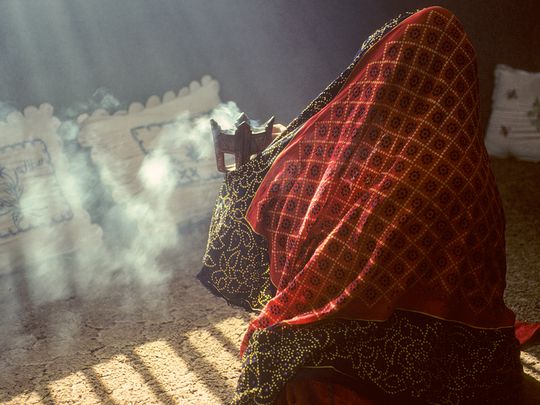
Frankincense, a word that wafts through the Middle East and Asia, just like its earthy, woody scent. Most of us are aware of its strong fragrance, and maybe even its name, but not of its deep historical and cultural implications. This resin from Boswellia tree is woven deeply into the history of several countries, particularly the Arabian Peninsula, and has innumerable myths and legends surrounding it.
There are many legends surrounding the origins of frankincense, one of them being a particularly tragic love story. A girl apparently fell in love with a ghost, which was unacceptable. As punishment, she turned into tree. But she didn’t forget her first love, the tears shed by the tree took on a form of resin. In other words, it’s a girl weeping for her love. This myth emerges from Dhofar in Oman, and Somalia.
And now, people scatter these resin tears on burning coal to turn it into smoke that leaves the room filled with its powerful scent.
Frankincense is now a common feature in several households in the UAE. It indicates cleansing and healing, says Shaneela Rowah Al Qamar, an author and fragrance expert. It’s a welcome gesture, too, she says. How so, I ask.
“It’s a way of hospitality. If you go to an Arab person’s house, they burn the incense and pass it around. So you smell the scent, and the idea is to make you feel more relaxed and at home.” This feeling is not just tied to traditions; it’s something people associate with their childhoods, their grandparents. So you want them to feel at home, just as they did in their own homes, explains Qamar.

It’s a way of hospitality. If you go to an Arab person’s house, they burn the incense and pass it around. So you smell the scent, and the idea is to make you feel more relaxed and at home...
Shaneela follows this ritual too, she says. “Sometimes I do it before people come home. It’s part of the daily routine of keeping the house clean. It gives the ambience, of a connection. It’s more of a spiritual cleansing than physical cleansing,” she says.
For millennia, the sap or resin from the tree has been coveted owing to its aroma, and even considered more valuable than gold. There’s a rich cultural history surrounding this fragrance, as Qamar explains.
It’s not particularly linear or chronological; the countries of the Middle East, Asia and Africa have their own tryst with frankincense during different time periods, mixed with legendary tales and an air of mystery.
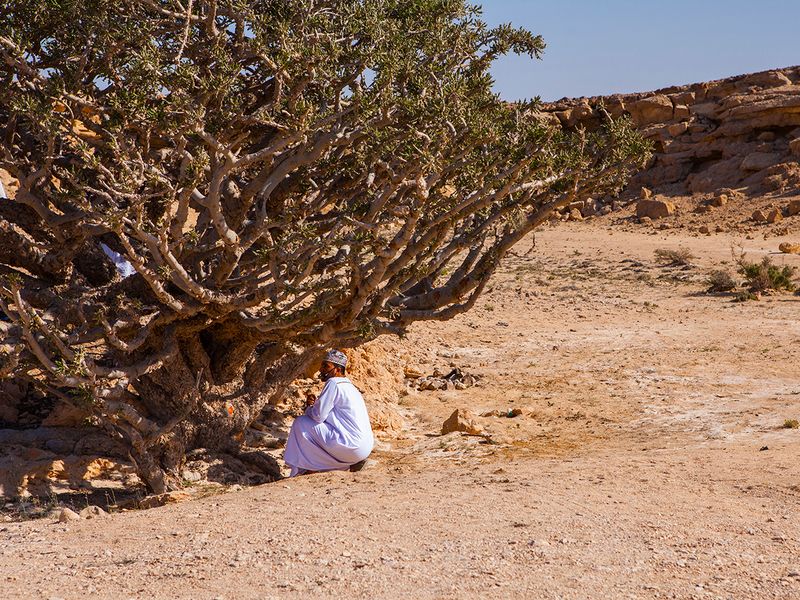
The tears of history
The name itself spells incense. It is derived from the old French word franc encens, which means pure incense or pure lighting. The frankincense trees in the genus Boswellia grow in the coastal areas of the Arabian Peninsula and are the most famous members of the Burseraceae, or torchwood family.
The scattered forests of these trees grow among rocks and sand at the southern tip of the Arabian Peninsula, writes historian Elise Vernon Pearl in her book, Scent: A Natural History. These trees exude resins in the form of ‘tears’, which are mostly white. They solidify on the bark of a tree. These resins are produced within the plant’s tissues, she explains and are protective in nature. They resist infections by fungus, repel insects and prevent desiccation.
The oldest mention of frankincense dates back to The Egyptian Ebers Papyrus, a compilation of medical texts, in 1500 BC, which described the resin as a use for throat infections and asthmatic attacks. In the first century AD, Roman scholar Pliny described it as an antidote to hemlock, a poison. It was also mentioned in the Chinese herbal manuscript Mingyi Bielu. It can be ascertained, that the frankincense trade has been ongoing, perhaps even before the mention of historical records. The Greek scholar Herodotus described it in his writings as “trees that were guarded by winged serpents of small size and various colours”.
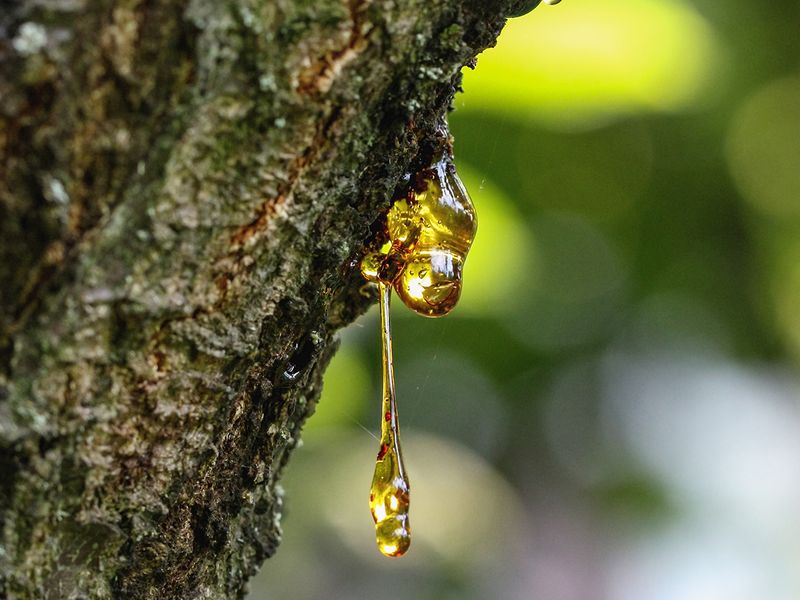
The incense has been traded on the Arabian Peninsula for over 5000 years. The inhabitants of the Arabian Peninsula and Africa had realised the power of the resins from the tree, and had begun using them in medicine, life and rituals, explains Qamar. It was also used as a kind of perfuming agent, as there was a dearth of such things in those times. There was almost a supernatural quality associated with them and their healing abilities, or as believed in the time.
Slowly, frankincense and myrrh began to be exported by traders, from the Middle East. There was much use for these resins across borders, more than just perfuming ancient cities. In China and India, it was traditionally burned for funeral rites. In the Roman Republic, animal sacrifices were accompanied by the sprinkling of frankincense.
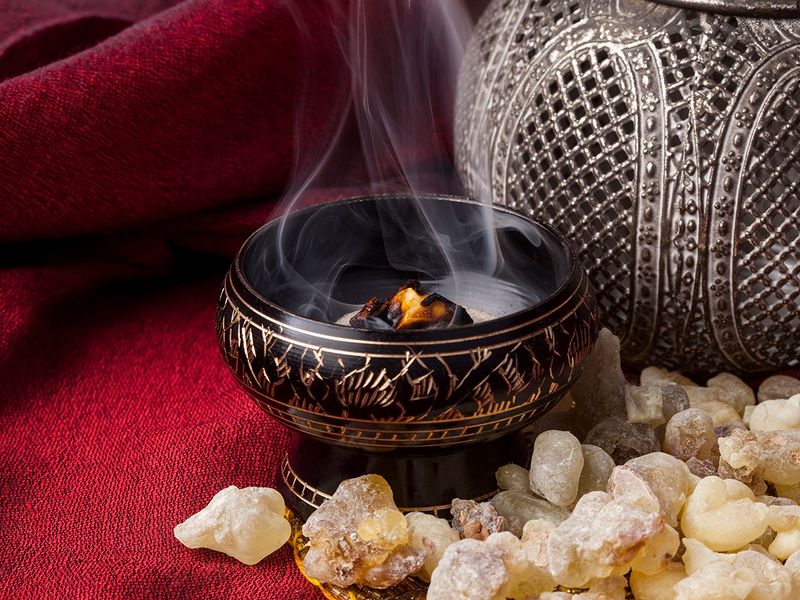
With the domestication of the camel, the incense trade began to flourish by 1500-1200 BC. They were packed on camels, who trekked across the desert, as American historian Adrian Cole writes in his book, The Thinking Past. By 1000 BC, frankincense had established its position of high value in Babylon, Egypt, Rome, Greece and China.
This movement of frankincense across the ‘Incense Road’, a trade route, between 300 BC and 200 AD became one of the most important trading activities, writes historian Elise Vernon Pearl in her book, Scent: A Natural History. As the demand for frankincense kept increasing, kingdoms in southern Arabia began to connect with India, the Mediterranean and the Silk Road. By the second century AD, southern part of the Arabian Peninsula was shipping more than 3000 tons of incense each year to the countries in the Mediterranean, writes Pearl. However, the Arabi traders were cautious. They would store their best aromatics in cities that were protected by stretches of desert such as Petra, which is modern day Jordan. They felt that thieves would not be able to plunder so easily.
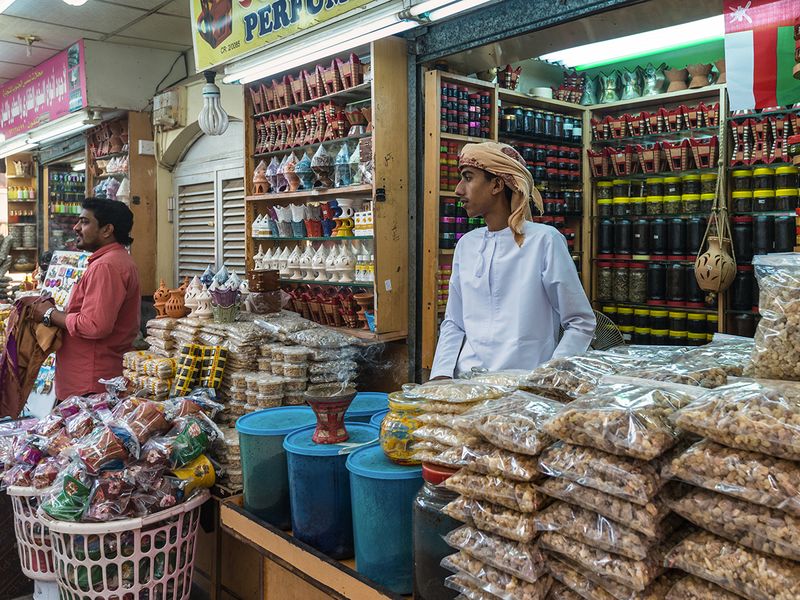
Determined to protect what was theirs, the traders guarded the secret of frankincense with legendary tales. It began to be believed that the trees were guarded by fierce, red snakes that would attack any intruder. The trees were also believed to grow in the areas ridden in diseases. Another legend surrounding the frankincense tree was that a phoenix nested in the branches of the trees and fed on its tears, recalls Pearl. These stories surrounding frankincense further added to its accelerating value and the air of mystery surrounding it.
‘A carefully guarded secret’
A mystery and a luxury, that’s how Roman scholar Pliny The Elder (23 AD-79 AD) described frankincense in his writings on the Roman Empire. It was almost an enigma. No one in the Mediterranean knew how to grow it, or what it even looked like, despite the various campaigns and conquests at the time. There were various contradictory assumptions that he noted. A rather frustrated Pliny had written, “There is no agreement about the tree’s appearance. We have conducted campaigns in Arabia, the Roman arms have penetrated much of it, and yet no writer has reported the appearance of these trees.” The frankincense tree was compared to a ‘pontic maple’ by some kings and a ‘bay tree’ by other emissaries.
Yet, there was almost a feverish curiosity surrounding this rather luxurious incense in the outside world, further propelled by the mystery surrounding it. It was glamorous, because it was inaccessible and a closely guarded secret, writes American historian Trevor Murphy in his book, Pliny The Elder: Natural History. The stories surrounding its wealth seemed to grow manifold at the time, one popular one being about Alexander the Great, the king of the ancient Greek kingdom of Macedon. He was criticised by his tutor for using frankincense for his sacrifices.
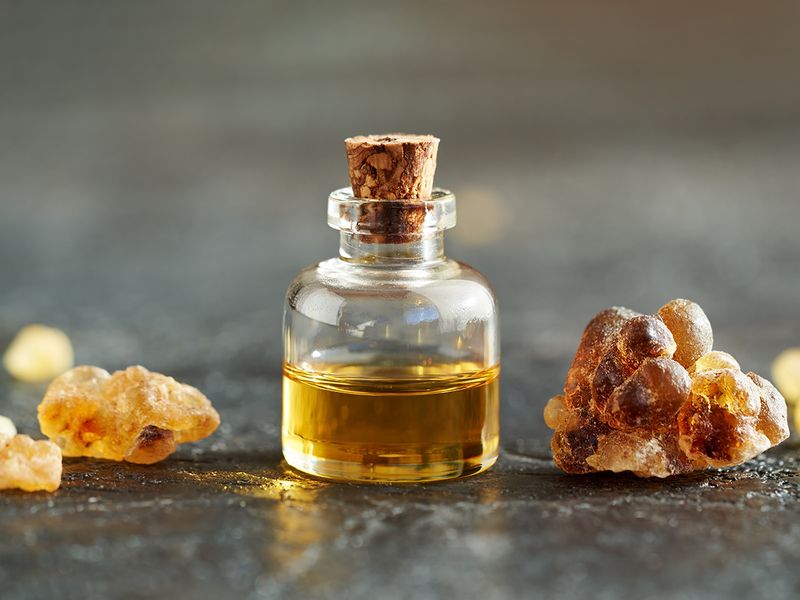
These accounts by Pliny emphasise the remoteness of the incense-growing region, as well as the secrecy of the trade. For what was understood about frankincense in Pliny’s writings, it had to go through a series of circles before it reached the Romans. It came a place ‘that faces the rising sun’ and is ‘surrounded by impassable cliffs’.
He theorised that frankincense came from a particular district in the “mountains”, and an Arabic community of people called the Minaeans, who took the frankincense for trade out on a secret ‘narrow path’, which couldn’t be deciphered. It was believed that they were the only Arabs to have ever seen the frankincense trees, and not even all of them. Only around 3000 families and only the male members, had this particular right to set eyes on the frankincense trees, and it was a right that passed down generations. And so the awe, surrounding the “merchandise”, as Pliny writes, increased. It became a symbol of success and luxury.
It was a laborious trail as believed, starting from the frankincense forests, taken by the Mineans, and then harvested, before beginning a lengthy eight-day journey outwards. As it crossed different political and religious boundaries, the value of the commodity began to change. For the Mineans it was precious, owing to its holiness, yet for the Romans, it was precious, because of its economic value, explains Murphy. In Rome, the aroma of frankincense was essential to be used to ward off the smell of animals killed after the games were performed in the areneas like the Colosseum. Apart from this, it was also used for religious worship.
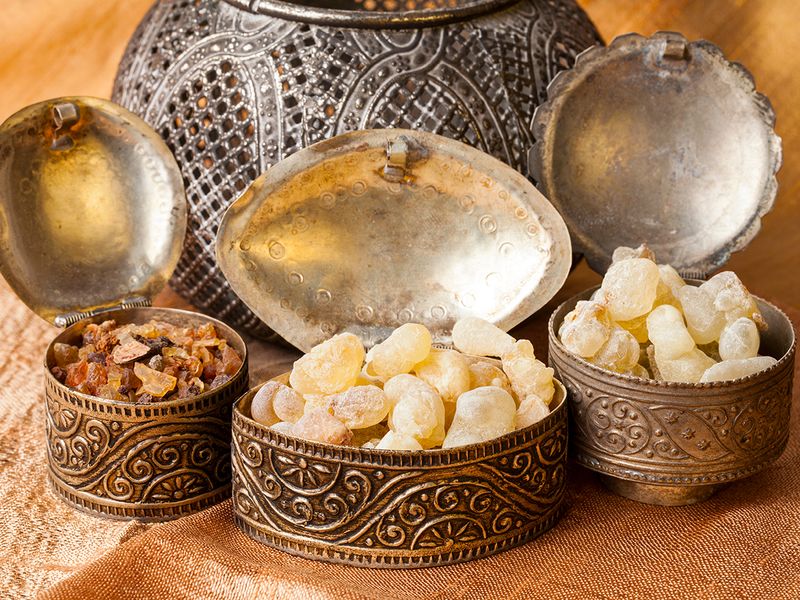
For thousands of years, it became the crucial trade for Egypt, Mesopotamia and the Mediterranean. In fact, it became so central to the Roman economy, according to Cole, that it was admitted without tax, which was an unusual privilege. Every camel that arrived in Rome cost around 1000 denari (a modern labourer’s wage). The luxury surrounding the commodity kept increasing, for the camel drivers, as well as the middlemen who serviced the camel trains. Needless to say, it was also plundered along the way.
Frankincense continued to be used in abundance in Rome till 312 AD, but began to dwindle after the Romans turned to Christianity. There was a revival by sixth century in Rome, but the demand was not as intense as before, writes Murphy. Nevertheless, it continued to have a strong hold over the Arabian peninsula, in the form of perfumes, rituals and medicinal healing.
The medicinal power of frankincense
Frankincense continues to be highly-valued commodities today. The scent of incense is still strong in Oman, as described by historian Martin Watt in his book, Frankincense and Myrrh. You’ll find incense burners in public eating places and it is a common household ingredient, says Qamar. In Oman, it is customary to pass around an incense burner for people to inhale and waft the fragrance.
The oil of frankincense is just as valuable too, which is said to have several medicinal properties, according to research published in the American National Library of Medicine, in 2011. The oil, extracted from the tree, is said to reduce heart rate and high blood pressure. It is also found that that compounds in frankincense, incensole and incensole acetate, have the ability to activate ion channels in the brain to alleviate anxiety or depression. The research also suggests that it has the ability to strengthen skin and improve its tone, elasticity, defense mechanisms against bacteria or blemishes, and appearance as someone ages. It may help tone and lift skin, reduce the appearance of scars and acne, and treat wounds. A 2017 review published in the international Journal of Traditional and Complementary Medicine showed that frankincense oil reduces redness and skin irritation, while also producing a more even skin tone.
Note: This article was first published on October 25, 2023.









